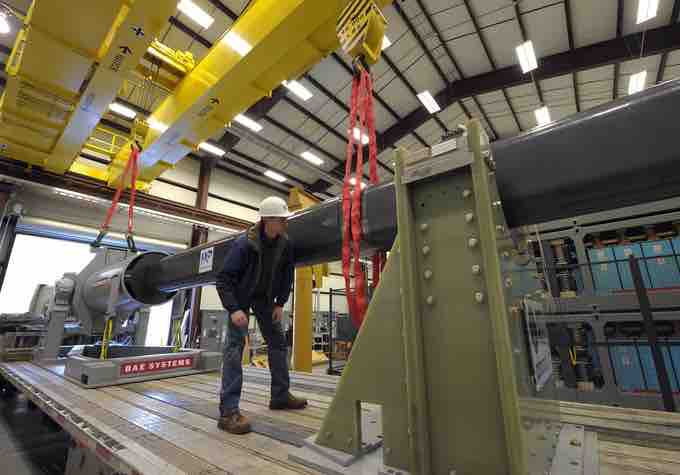Background
Political officials often pledge to shrink the size of the federal bureaucracy while at the same time enhancing its efficiency. By one measure, they have succeeded: the number of civilian federal employees has not increased since the 1960s. How can politicians proclaim that the era of big government is over while providing the increase in government services that people expect? They have accomplished this by vastly expanding the number of workers owing jobs to federal money. Over 16 million full-time workers now administer federal policy, including 1.9 million federal civilian workers, 1.5 million uniformed military personnel, and 850,000 postal workers.
State and local government workers are subject to federal mandates. On average, they devote one-fourth of their work to carrying out federal directives. With 16.2 million state and local government workers, the federal government does not need to hire approximately 4.05 million workers to carry out its policies. The government also contracts with private companies to provide goods and services. The fact that the Defense Department contracted out for military interrogators and security officers in war zones did not become public knowledge until the Abu Ghraib prison abuse scandal broke in April 2004. The federal government directly supports 5.6 million jobs through contracts and 2.4 million jobs through grants.

A worker makes final checks
This is an example of R&D in action.
The Thickening of Government
The reliance on mandates and contracts have resulted in fewer civil servants directly interacting with the public as much as street-level bureaucrats. Instead, federal employees have become professionals and managers. From the 1960s to the 1990s, even as the size of civil service stayed constant, the number of senior executives and political appointees quintupled. This proliferation of managers creates thickening government. The number of layers between the president and street-level bureaucrats swelled from 17 in 1960 to 32 in 1992. New administrative titles like "assistant," "associate" and "deputy" were created to streamline and and supervise state and local workers as well as other bureacrats. As a result, much of federal bureaucracy now consists of "managers managing managers. "
The Congress and President of the United States delegate specific authority to government agencies to regulate the complex facets of the modern American federal state. The majority of the independent agencies of the United States government are also classified as executive agencies. To manage the growing federal bureaucracy, Presidents have gradually surrounded themselves with many layers of staff, who were eventually organized into the Executive Office of the President of the United States. Within the Executive Office, the President's innermost layer of aides (and their assistants) are located in the White House Office.
Throughout the 20th century, presidents have changed the size of bureaucracies at the federal level. Starting with the Reagan administration, conservatives have sought to downsize bureaucracies in pursuit of the "small government" tenet of the conservative movement. Small government is government which minimizes its own activities, particularly bureaucratic "red tape. " Red tape is excessive regulation or rigid conformity to formal rules that is considered redundant or bureaucratic and hinders or prevents action or decision-making. It is usually applied to governments, corporations, and other large organizations. The "cutting of red tape" is a popular electoral and policy promise. In the United States, a number of committees have discussed and debated Red Tape Reduction Acts. The reduction in red tape, essentially means the reduction of petty government (and occasionally business) bureaucracy. Such processes are often very slow as it usually means a government employee who was fulfilling that petty function either loses some of their administrative power (and any indirect benefits that it may bestow) or a lower level office worker loses their job. Though the functions performed by that office worker are at that point deemed unproductive, government job losses are often resisted by unions hence red tape continues to keep that unproductive worker in a job.